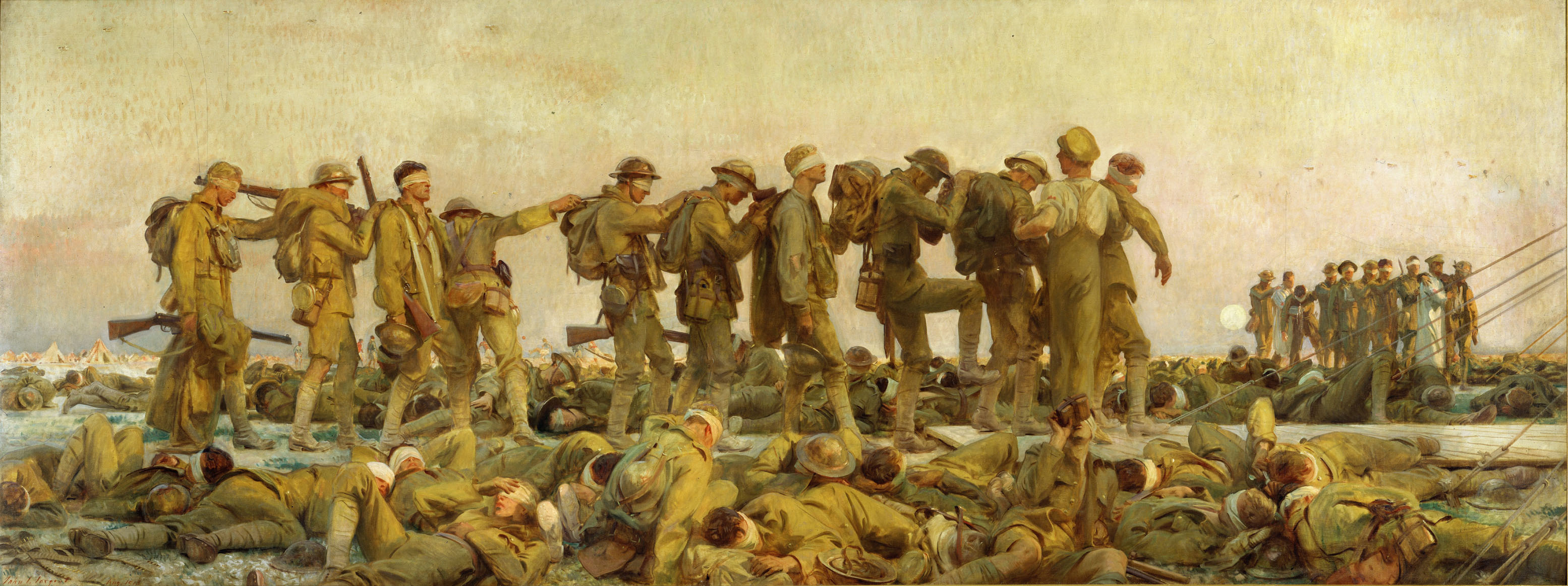
“Gassed” by John Singer Sargent.
Whether it’s the touring exhibit of Guillermo del Toro’s art collection in Minneapolis, a show devoted to Ray Harryhausen in Oklahoma City, or any number of other visual events in the Midwest or South in the U.S., I’m always happy when art of any sort is made accessible to people who don’t live near (or can readily visit) the cultural centers on either coast. With that in mind, it is hardly a surprise that I was ecstatic to learn that John Singer Sargent’s gigantic painting “Gassed” will be on display from February to June in the newly opened Wylie Gallery of the National World War I Museum in Kansas City.
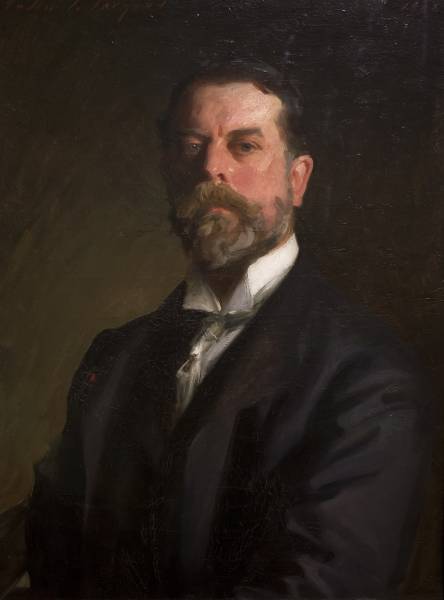
A self portrait by John Singer Sargent.
The resulting nine-feet-tall twenty-one-feet-long panoramic painting titled “Gassed,” may not have fulfilled his mission to celebrate the Anglo/American aliance, but was widely acclaimed and is considered to be one of the most important war-related artworks of the past several centuries. The art is on loan from the U.K.’s Imperial War Museum.
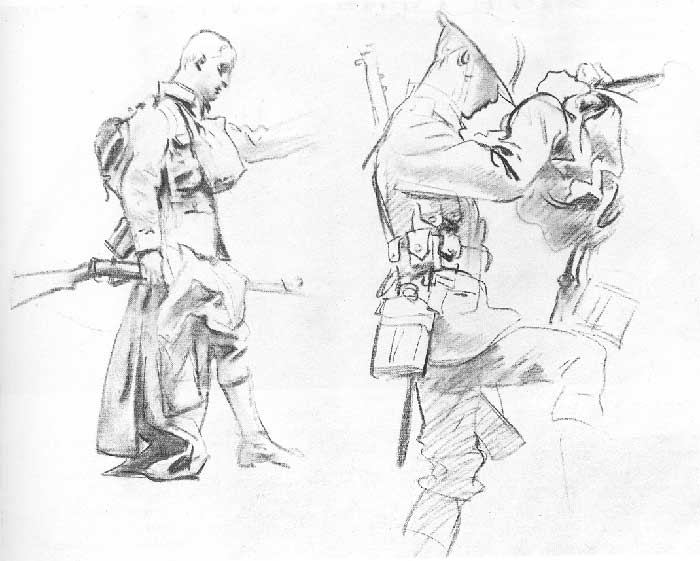
Several of his preliminary sketches for “Gassed.”
The Sargent painting is only one of many reasons to plan a visit. The WWI Museum is a First Class facility that covers all aspects of the conflict, from the run up to the war to its long-term (and still being felt) aftermath. Besides a mind-spinning array of artifacts (including planes and a tank), the museum includes numerous artworks, propaganda posters, and murals. Plus, the observation deck atop the Liberty Memorial provides a breathtaking view of the city. You can visit their website for hours and more information at www.theworldwar.org.


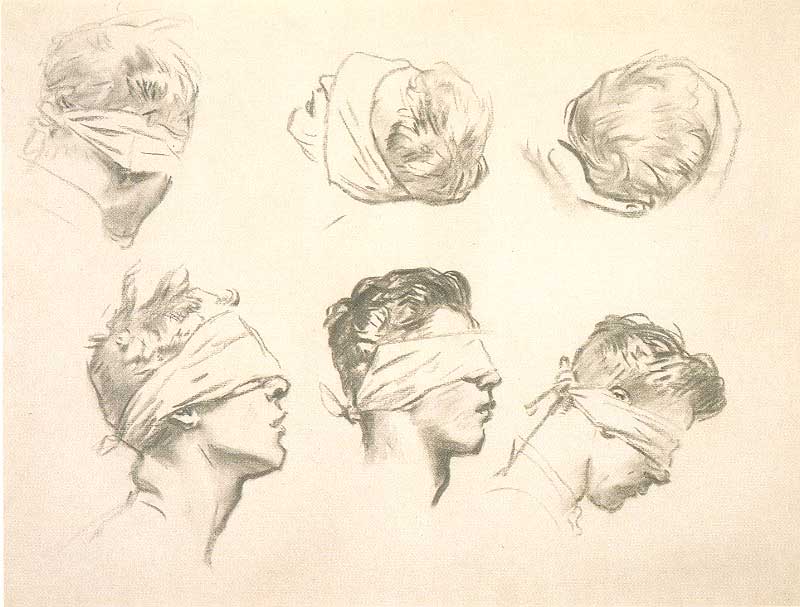
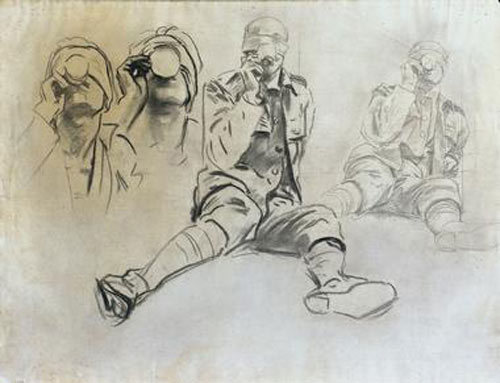
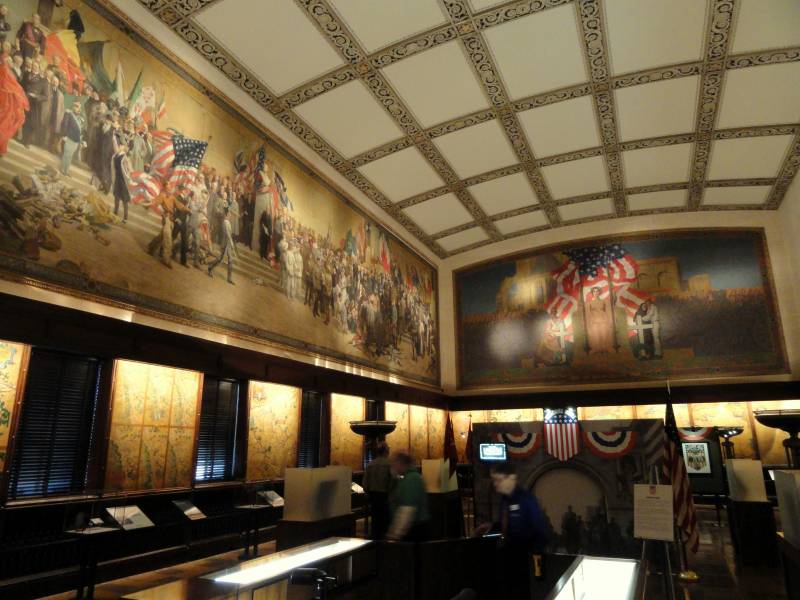
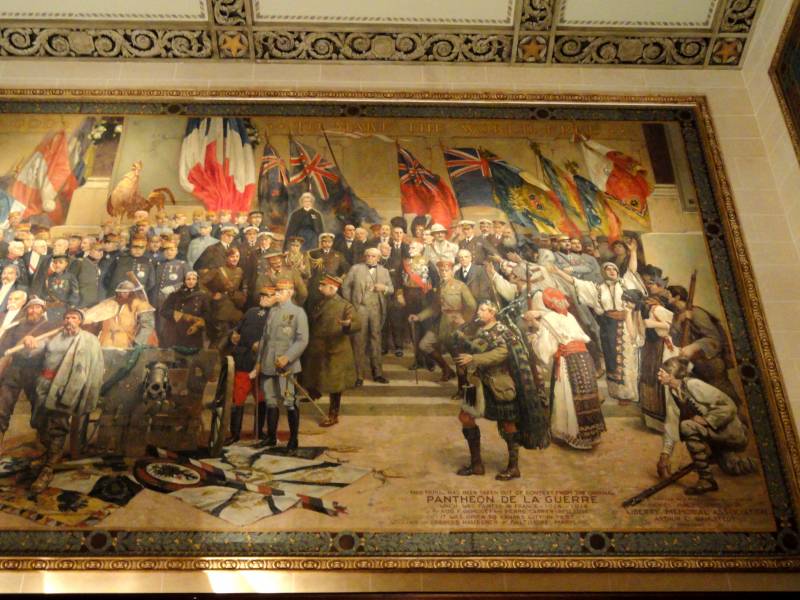

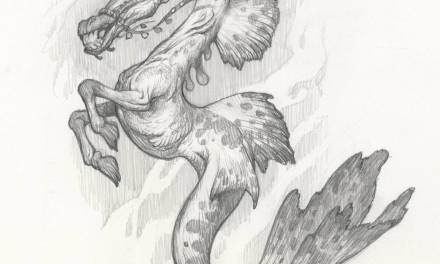
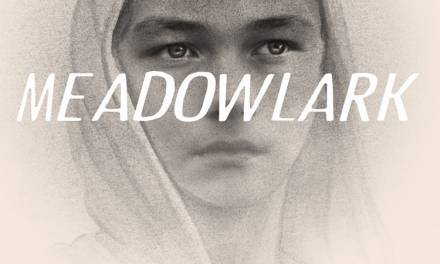
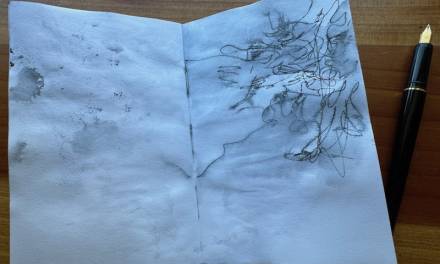
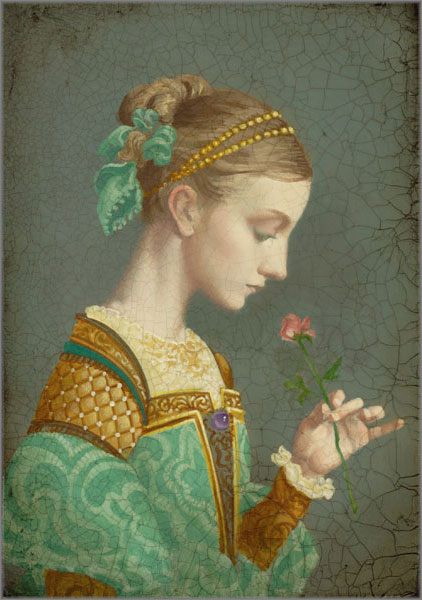

I had the pleasure to see this painting a few years back in London, and the shear scale of this painting is impossible to capture looking at a photo. It’s awe-inspiring and emotionally devastating.
Wow! Thanks for the heads up, Arnie. I might have to see if I can squeeze in a visit to the WW I Museum when I get to town. I did go up in the tower many years ago but have yet to visit the museum.
When I attended SFAL 1, Arnie suggested I visit the museum. I did, and it was a revelation. So much I didn’t know. I walked out of the museum a much more educated person than when I entered. Thanks Arnie!
Arnie, I recently visited Washington DC, and happened upon an excellent exhibit in the Air and Space Museum that features works from artists embedded with Army troops in WW1. These eight artists included several students of Howard Pyle that later became famous as members of the Brandywine School. The hundred-plus drawings and paintings in this exhibit are top-notch examples of illustration art. The exhibit runs through November. I don’t think I can embed an image in this comment, but I have several in a recent blog post here http://eyetee.info/blog/. Sincerely, Ivan.
Nice blog, Ivan. Some great stuff there!
Thank you, my friend. I need to post more often!
Thanks for the the link, Ivan! I didn’t know about the show in Washington D.C.; I’d love to see those Hrvey Dunn paintings!